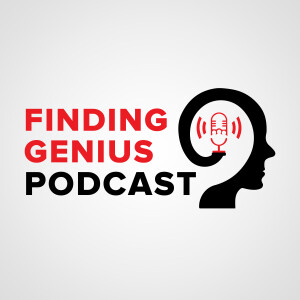
Busy Bee Stressors: Tracking Bee Hive Data with William G. Meikle
 2020-12-28
2020-12-28
Bees can generate five pounds of honey a day under prime nectar-gathering conditions. Numerous factors make that possible and researchers like William Meikle work on modeling honey bee populations, keeping track of how different stressors might affect honey bee colony health.
Listen and learn
- What measures are important for beehive modeling and why,
- How bees are able to keep their brood area at a constant warm temperature, and
- What bee health productivity stressors are being analyzed and why, such as neonicotinoid exposure.
Willliam G. Meikle is a research entomologist with the United States Department of Agriculture. He studies the colony-level behavior of bees through placing sensors on colonies and monitoring them over long periods of time. This can gather evidence for how they might respond to sub lethal pesticides and other stressors. He's therefore constantly measuring things like hive weight, temperature, CO2, and internal humidity. These measures are akin to numbers from a monitor your doctor might have used to check your health. Various measures might indicate your activity, from sleeping to eating to drinking a cup of coffee.
No, bees don't drink coffee, but they do get exposed to neonicotinoids, which are a common type of agriculture insecticide affecting bees. Even at low amounts, he says he can see some sort of impact. Higher levels seem to cause bees to stop foraging, for example. Temperature is another abiotic factor he monitors. Bees have an amazing ability to keep the center area, the brood area, quite warm and constant.
Bee social behavior is more than just an inclination. Rather, they work as a superorganism, teaming up and taking turns to use their thoracic muscle movement to warm the center of the hive one by one. A healthy brood is dependent on this constant warmth, and bee population increase can only happen with successful brood rearing.
Listen in for more indications of bee colony health.
For more about his work, see the USDA Honey Bee web page.
Available on Apple Podcasts: apple.co/2Os0myK
More Episodes
Create your
podcast in
minutes
- Full-featured podcast site
- Unlimited storage and bandwidth
- Comprehensive podcast stats
- Distribute to Apple Podcasts, Spotify, and more
- Make money with your podcast
It is Free
- Privacy Policy
- Cookie Policy
- Terms of Use
- Consent Preferences
- Copyright © 2015-2024 Podbean.com






